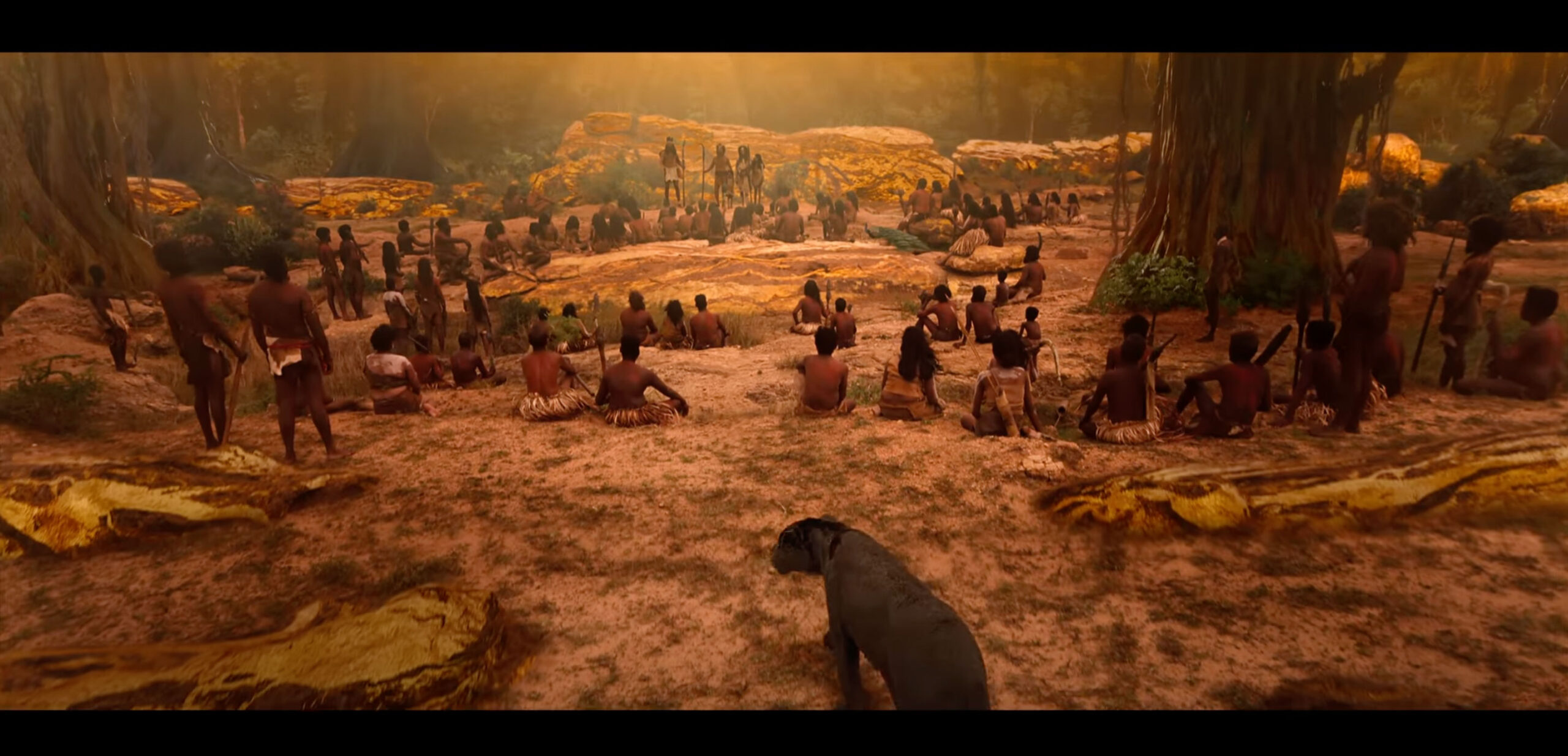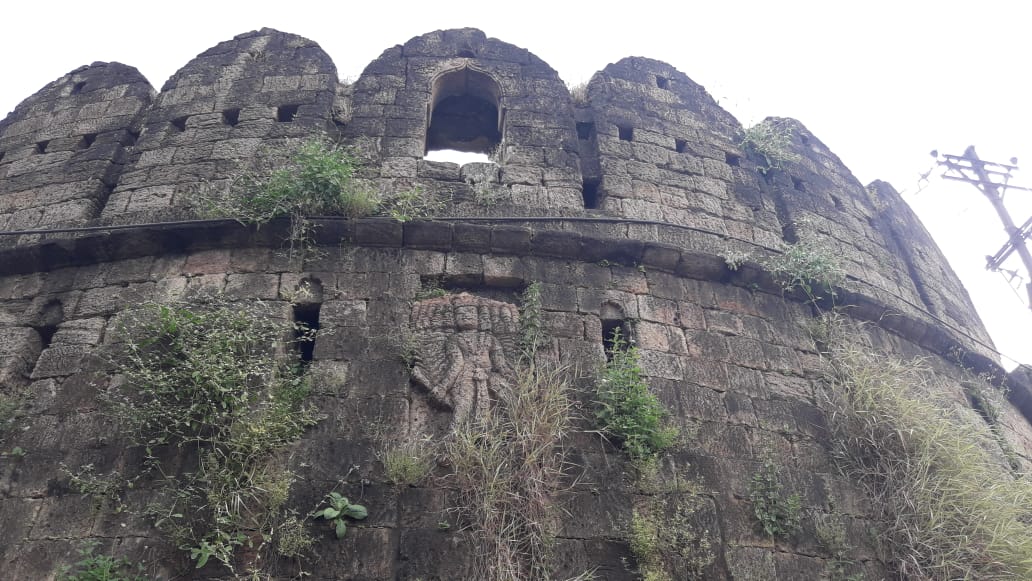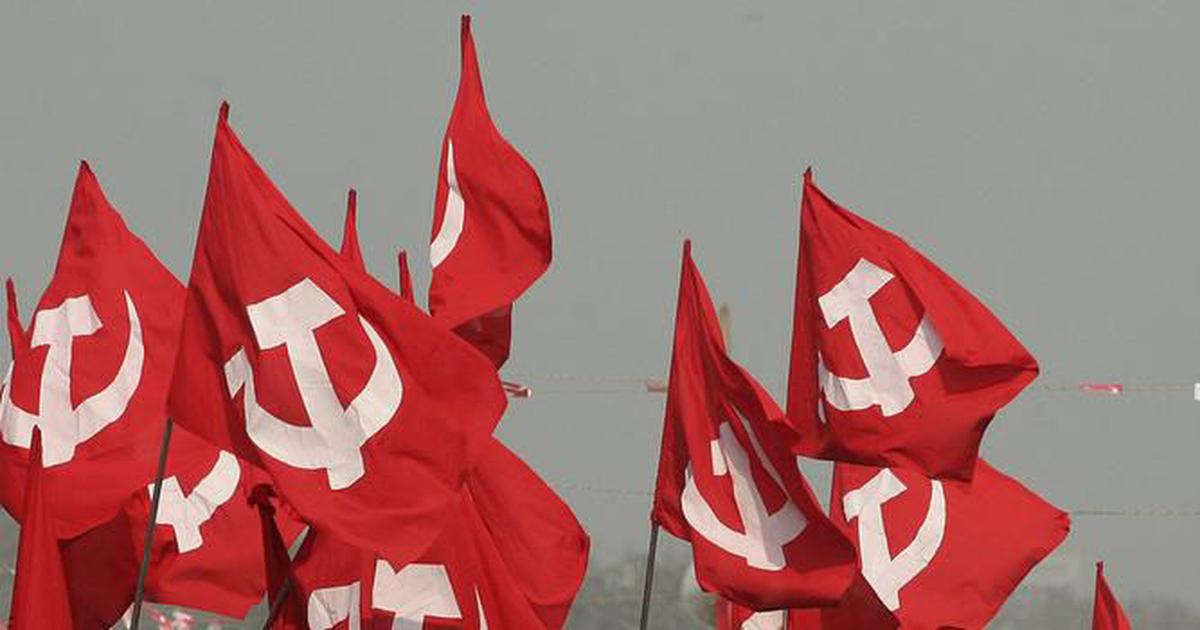When Pa. Ranjith announced that his next film would be Thangalaan, the excitement among his audience was palpable, especially when it was revealed that the film would explore the world of gold mines. Given the massive popularity of Prashanth Neel’s KGF 1 and KGF 2, which brought the Kolar Gold Mines (on the Karnataka-Tamil Nadu border today) to the forefront of popular culture, many were eager to see how Ranjith would approach this subject. Yash’s portrayal of Rocky in KGF had already left an indelible mark on audiences. Yet, with Thangalaan (meaning “son of gold”), a film helmed by our very own Ambedkarite director Pa. Ranjith, expectations were understandably high. How would he bring a fresh perspective to the world of gold mines and the people who lived around the mines in the 19th century?
When Thangalaan released on 15 August, I didn’t think twice about booking a ticket for a screening in Nottingham, UK. It was a packed theatre, testament to Ranjith’s ever-growing global following for his unique approach to exploring ideas in films. Although the film is in Tamil, I relied on the English subtitles to grasp the nuances of the narrative.
Ranjith, as always, did not disappoint. True to his reputation, he delivered a film rich in visual language and deep in terms of content. The cinematography was so powerful that there were moments I found myself lost in the imagery, forgetting to read the subtitles. This, perhaps, is where the true strength of Thangalaan lies – its ability to convey emotions and stories visually, transcending language barriers.
The film does more than just revisit the historical context of gold mines; it reclaims a narrative that has often been overlooked. Ranjith’s exploration is not just about the mines but also about the people who lived and toiled in these harsh conditions – the Bahujan communities whose stories have rarely been told. Through Thangalaan, Ranjith brings their struggles, resilience and indefatigable spirit to the forefront, offering a fresh and necessary perspective on this often-romanticized facet of history.
The film’s visuals, particularly the recreation of the Kolar Gold Fields, is a feast for the eyes. The film’s masterful use of close-up shots allows a profound and intimate exploration of the characters, drawing the audience into their emotional depths with remarkable intensity. The action sequences are executed with such precision and fluidity that each movement feels visceral and engaging, immersing the viewer in the unfolding drama. The cinematography and the background music come together harmoniously, enhancing the film’s impact and elevating it to a cinematic experience of the highest order. This is truly one of the finest examples of filmmaking in Indian cinema to date.

Pa. Ranjith’s Thangalaan is a powerful exploration of land, identity and oppression – themes that have long been central to the Bahujan struggle. Much like in his previous works, notably Kaala, Ranjith places land at the core of his narrative, using it as a symbol of power dynamics and social injustice. In Thangalaan, this focus on land ownership and the exploitation of marginalized communities is not just a backdrop but the very essence of the story.
Ranjith’s signature style of storytelling, which foregrounds the experiences of marginalized communities, is evident throughout the film. Thangalaan is more than just a historical drama; it is a critique of entrenched power structures and the systematic oppression of the Bahujan by the ruling classes. The film raises critical questions about power, identity and the struggle for dignity, which are central to the Bahujan movement.
The protagonist, Thangalaan, embodies this struggle. In one pivotal scene, he declares, “For generations, we’ve fought to reclaim the dignity, pride and rights of our people.” In another sequence, he says, “But rather than die under those who discriminate against us based on caste, it’s better to die trying to change it.” These statements encapsulate the film’s focus on reclaiming identity and challenging the status quo. Ranjith employs various metaphors and allegories to deepen this ideological stance. For instance, the film’s symbolic use of a black panther draws parallels with the Black Panther movement in the United States of America, which has inspired Dalit activism in India, particularly the Dalit Panther movement. This connection underscores the global resonance of anti-oppression struggles.
Another significant metaphor in the film is the character Ashokan, who echoes the historical figure of King Ashoka. Ashokan discovers a beheaded Buddha statue and reassembles it, symbolizing the revival of Buddhism – a religion historically significant for its egalitarian principles and its opposition to brahmanical dominance. This act of restoration is emblematic of the film’s broader narrative about reclaiming a lost heritage and challenging distorted histories perpetuated by dominant groups.
Thangalaan clearly positions itself against the oppressive “upper caste” landowners, contrasting them with the landless labourers who toil the land but receive nothing in return. The film shows how brahmanical forces have historically manipulated religion to coerce and exploit the Untouchables, offering false promises of social elevation while keeping them subservient.
The film also touches on the complex role of British colonialism in India. While the British sometimes appeared as potential allies for the Untouchables, they ultimately aligned with “upper caste” interests, using and exploiting the marginalized for their gain. Yet, the film celebrates the resilience of the Untouchables, who have preserved their culture, in spite of the oppression.
Ranjith casts an ‘Ambedkarite gaze’ on the Kolar Gold Fields – a perspective that challenges the dominant narratives and emphasizes the experiences of the marginalized. The film’s commitment to this viewpoint is underscored by the archival evidence presented with the end credits, reinforcing the historical accuracy and the political stance of the narrative.
Overall, Thangalaan is a compelling portrayal of the struggles of marginalized communities, using the historical context of the Kolar Mines to illuminate broader issues of land, power, and identity. Ranjith’s film is both a critique of historical injustices and a call to reclaim the dignity and rights of those who have been oppressed for generations.
Forward Press also publishes books on Bahujan issues. Forward Press Books sheds light on the widespread problems as well as the finer aspects of Bahujan (Dalit, OBC, Adivasi, Nomadic, Pasmanda) society, culture, literature and politics. Contact us for a list of FP Books’ titles and to order. Mobile: +917827427311, Email: info@forwardmagazine.in)





